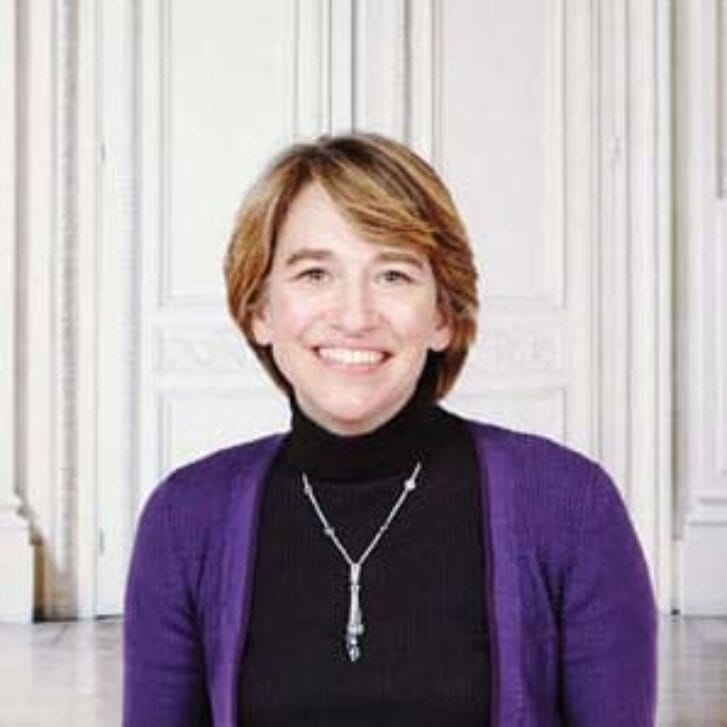Much like the larger umbrella of impact investing, gender lens investing — investing to generate financial returns and a positive impact on women — continues to grow. Exactly how big is this field, and how fast is it growing?
Project Sage 3.0 has these answers. Using data collected through 2019, the report — researched and published by Wharton Social Impact Initiative Managing Director Sandi Hunt and Catalyst at Large CEO Suzanne Biegel W84 C84 — quantifies this growth and analyzes the field’s latest trends.
A follow up to previous reports Project Sage (data through 2017) and Project Sage 2.0 (data through 2018), the new report is a landscape analysis of structured private equity, venture capital, and private debt funds with a gender lens. Over 138 total funds and structured vehicles were included in this latest analysis, with data collected through December 2019.
What are the report’s key discoveries?
1. The number of funds continues to grow significantly.
Project Sage 3.0 in 2020 includes 138 total funds deploying capital with a gender lens, up 58.6 percent from the 87 funds in 2019’s Project Sage 2.0, and up 138 percent from the 58 funds in 2017’s initial Project Sage report. Almost 50 percent of these funds launched in 2019. The rate of launch is increasing.

2. As in previous reports, many gender lens funds are still predominantly first-time funds.
Almost two thirds — 61 percent — of funds were first-time funds, which are first funds from a given team with this thematic focus. The partners may not be first-time fund managers, but this is their first fund together with this focus or under this name.
3. Geographic diversity continues to increase.
In the original 2017 Project Sage, approximately 80 percent of reported investments were U.S.-focused. With Project Sage 3.0, 38.1 percent reported North America as their investment target geography (this does not include global funds, which represent an additional 11 percent). These figures demonstrate an increase in the diversity of targeted investment geography, with significant focus on regions including Asia, sub-Saharan Africa, and Latin America.

4. Total capital raised has cleared $4.8 billion.
The total capital collected, among firms that allowed capital raised to be published, was approximately $4.8 billion, more than double Project Sage 2.0’s reported $2.2 billion. What’s more, the true total is likely much higher than $4.8 billion as some funds chose not to report funds raised, and some funds were missed during data collection.

5. Gender lens investing is still broadly defined.
When given six options for how they defined gender lens investing, and asked to select all that apply, approximately 50 percent of funds included all five of the following classifications in their definition of gender lens investing, suggesting that this is still a very broad definition.
- Advancing women in finance: more women fund managers, on investment committees, etc.
- Advancing women in leadership: C-suite positions, entrepreneurship, boards, etc.
- Advancing products and services that improve the lives of women.
- Advancing companies that have a positive impact on the women they employ.
- Advancing companies that improve the lives of women in their ecosystem: supply chain members, etc.
6. Many funds’ investment criteria focus on gender as well as other forms of diversity.
Among the funds surveyed, 45 percent consider gender as one of several key impact priorities of equal importance. Other forms of diversity publicly stated in their investment criteria include racial/ethnic diversity (24.6 percent) and LGBTQIA diversity (7.2 percent). Responses widely varied for other forms of diversity, including but not limited to indigenous populations, refugee populations, low-income populations, and more.

Looking Ahead
Project Sage 3.0 offers the most robust landscape analysis of gender lens impact investing funds to date.
“I’ve referenced this quote from economist Emily Oster before, but it has great relevance here, too: ‘The value of the data is not that it leads us all to the same choice, just that it introduces a concrete way to make that choice.’ In this report, you will not find us making investment recommendations, ranking funds, or saying how one should define a gender lens. We are providing information, sharing frameworks, and articulating context for individuals to make their own well-informed decisions. We hope this report is a useful tool for anyone moving — or looking to move — capital to align with their commitment to women,” said Wharton Social Impact Initiative Managing Director Sandi Hunt.
“I am so excited to be doing this third edition of the report, to show the growth of the sector, the diversity of vehicles, sizes, and shapes, and to highlight the many high-quality fund managers that should be much more visible in the marketplace,” said Catalyst at Large CEO Suzanne Biegel W84 C84. “Every week, I’m hearing from investors, fund managers, and entrepreneurs who want to better understand the landscape. From London to Los Angeles, Bogota to Belgium, Nigeria to the Netherlands, Mumbai to Minneapolis, they are driving change and supporting innovation, and investing in the solutions we all need for a resilient, sustainable, healthier, and more equitable world. I can’t wait to hear how this helps everyone to move the field ahead.”
A special thank you to Visa Foundation and Bank of America for their generous support of Project Sage 3.0. Read the original version of this story and access the full report on the Wharton Social Impact Initiative website.


























